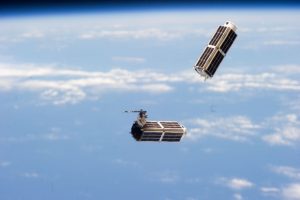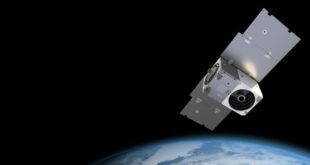
Taking the best of both company offerings, Planet and Airbus have signed an agreement to jointly develop a new range of satellite imagery products.
Both companies have different strengths. Planet’s small satellites deliver daily global coverage of the Earth in lower resolution and Airbus delivers high resolution, but with less coverage. Therefore, both companies are planning to leverage on each other’s capabilities to deliver new products that combine both sets of features. The decision to come together has come about as a response to customer demand.
Together this enables new kinds of applications and services that weren’t possible alone,” said Will Marshall, Planet’s CEO, speaking to Space News. He carried on to say that Planet’s satellites could be used to scan the globe and Airbus satellites can be used to hone in on areas of interest, providing the customer with more detailed images.
At present, Planet is operator of over 150 satellites and the majority of these are their Dove cubesats which provide 3-5 metre resolution. The company has also acquired further satellites – five RapidEye satellites with 5 metre resolution and 13 SkySats with 90 centimetre resolution. In comparison, Airbus operates two Pleiades satellites that feature 50 centimetre resolution and its SPOT-6 and SPOT-7 satellites at 1.5 metre resolution.
The duo already has customers lined up and ready to use their new products and these will be announced in the coming weeks. It is expected that the new product range will attract attention from other regions of the world, especially in Europe and the United States.





